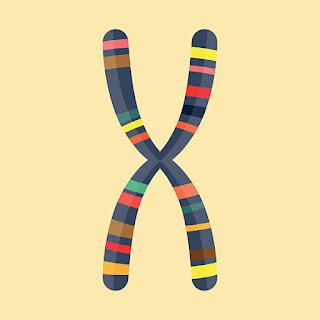Proteins (Definition,Structure,Classification and Function)
Proteins (Definition Structure,Classification and Function)
Proteins
Proteins are the most functionally molecules of the biological system. The term protein is derived from Greak word Proteeious means first. The name of protein was suggested by a scientist Berzelins in 1838.
Protein are the organic compounds,compose of carbon,oxygen,hydrogen, nitrogen,sulphur and some time phosphorous.
They occur in every part of cell and constitute about 50% of the dry weight of cell.
Proteins are formed from amino acids joined in the form of a chain.
Amino acids are a group of organic compounds containing two functional group amino and carboxyl.
The amino group (-NH2) is basic while Carboxyl group (-COOH) is acidic in nature.
They are made up of 20 standard amino acids.
Structure of protein
According to structure there are four types:
1.Primary structure
When amino acids are arranged in linear manner in a polypeptide chain,it is called primary structure.
SECONDARY Structure:
When amino acids in a polypeptide chain are arranged in spiral manner ,it is called secondary structure. It forms a helix (screwlike) structure.
3.Tertiary structure:
When amino acids are present in fold or super fold and shows three dimensional structure, it is called Tertiary structure protein.
4.Quaternary structure:
When two or more polypeptide chains are combined together to form a large-sized molecule,it is called quaternary structure.
Classification of protein
Protein are three types:
1. Simple Protein
These proteins give only amino acids or their derivatives on hydrolysis. They are not linked to any other group. They are further divided as follows:
i) Albumins:
Water soluble and coagulate by heat. e.g. Egg albumin, wheat albumin.
ii) Globulins:
Water insoluble and coagulate by heat.
Example: Egg globulin,myosin.
iii) Glutelins:
Soluble in acid and alkalis.
Example: Oryzenin in rice, glutelin in wheat.
iv) Gliads:
Insoluble in water, soluble in 70-80% ethyl alcohol.
Example: Zein of maize, Hidden of Barley.
V). Albuminoids:(Sclero proteins):
They are not soluble in water or other solvents but are soluble in concentrated acids and bases.
Example: Keratin in hairs,nails,horn,hoof,fibrion in silk,collagens in skin,tendons of bones etc.
2.Conjugated Protein
These protein are linked to a non proteinous group,called prosthetic group. These proteins can be classified as follows:
i) Nucleo Protein:
These proteins are attached to the nucleic acid. They are found in nuclei of living cells.
ii) Glyco-Protein:
These proteins are combined with carbohydrates.
Example: Mucin in saliva.
iii) Phospho-proteins:
These proteins are linked with phosphoric acid.
Example: Casein in milk,vitallin in egg york.
iv) Lipo-proteins:
These proteins are attached to the lipids,these proteins are present in milk,blood.
v) Chromo proteins
These proteins are combined with coloured pigments.
Example: Hemoglobin in blood.
*vi) Lecithoproteins:*
These are the proteins with lecithin,such as prosthetProteins.
3.Derived Proteins:
These proteins are obtained by the action of enzymes,heat or chemical reagents on proteins, for example peptones,polypeptides and proteases are derived by the action of enzyme during the process of digestion.
Functions of Proteins:
The main functions of proteins in human body are:
1. They serve as body building units, e.g., muscle proteins.
2. They provide support and protection to various tissues, e.g., collagen and keratin.
3. All chemical reactions in the body are catalysed by proteinaceous enzymes, e.g., trypsin.
4. They transport various molecules and ions from one organ to the other, e.g., hemoglobin, serum albumin.
5. They store and provide nutrients, e.g., milk casein, ovalbumin.
6. They defend the body from harmful foreign organisms, e.g., immunoglobulin’s, fibrinogen.
7. They help to regulate cellular or physiological activity, e.g., hormones, viz., insulin, GH.



Thank you for sharing useful information with us. please keep sharing like this.
ReplyDeleteAnd if anyone like to take admission in Dehardun then check this.
Tula's Institute Best Diploma College in Dehradun